
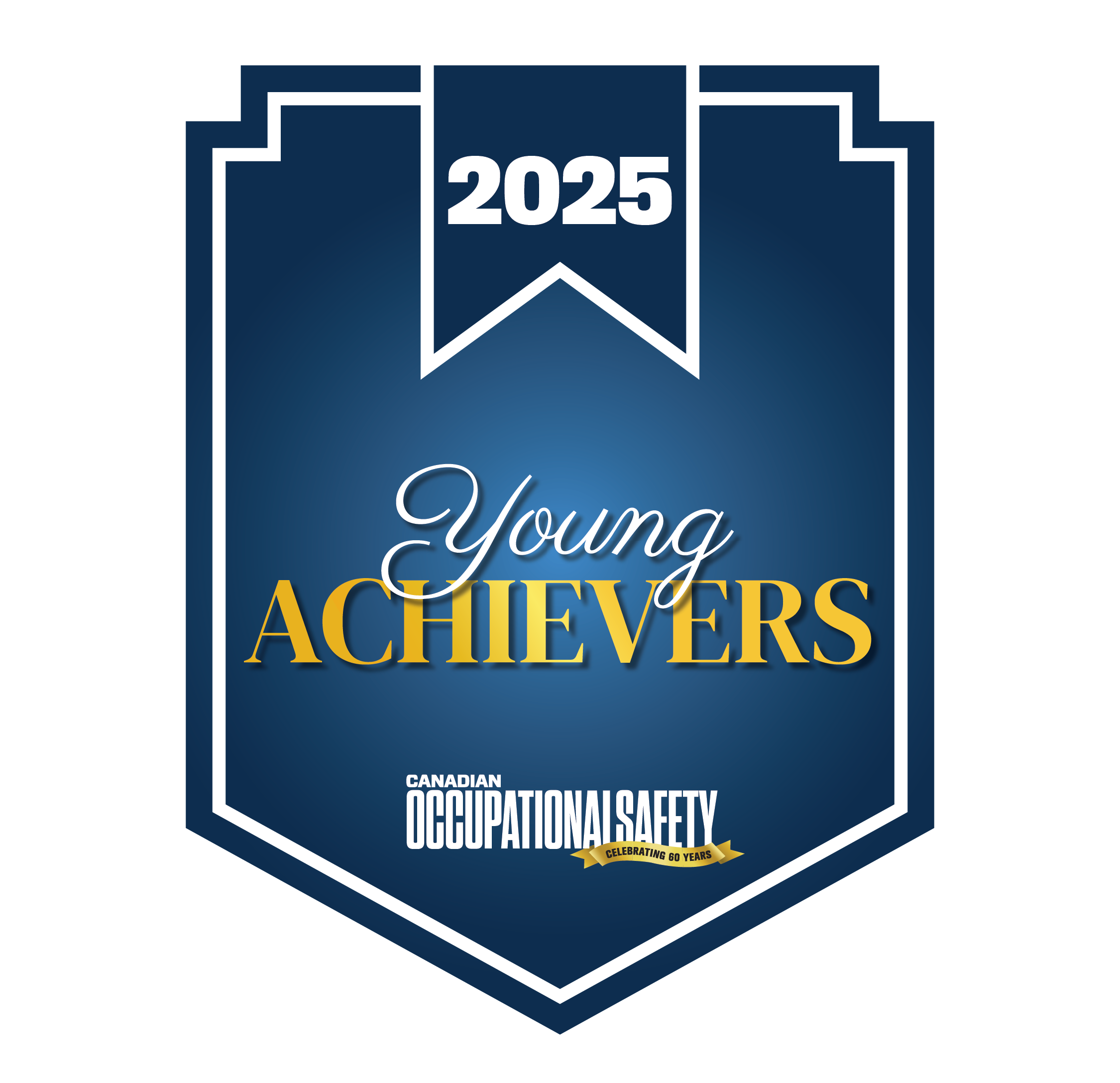
Jump to winners | Jump to methodology
The best young professionals in Canada’s safety industry are distinguished by a blend of technical acumen, strategic insight, and human-centred leadership. They are not just safety enforcers – they are educators and advocates.
Canadian Occupational Safety’s team considered recommendations from managers and senior industry professionals to analyze all nominations, with the brightest and best crowned 2025’s Young Achievers – all aged 35 or under.
The cohort has driven safety forward through innovation, collaboration, and a genuine commitment to protecting both the physical and psychological well-being of their teams. As they continue to lead, train, and inspire, they are reshaping what excellence in health and safety looks like for the next generation.
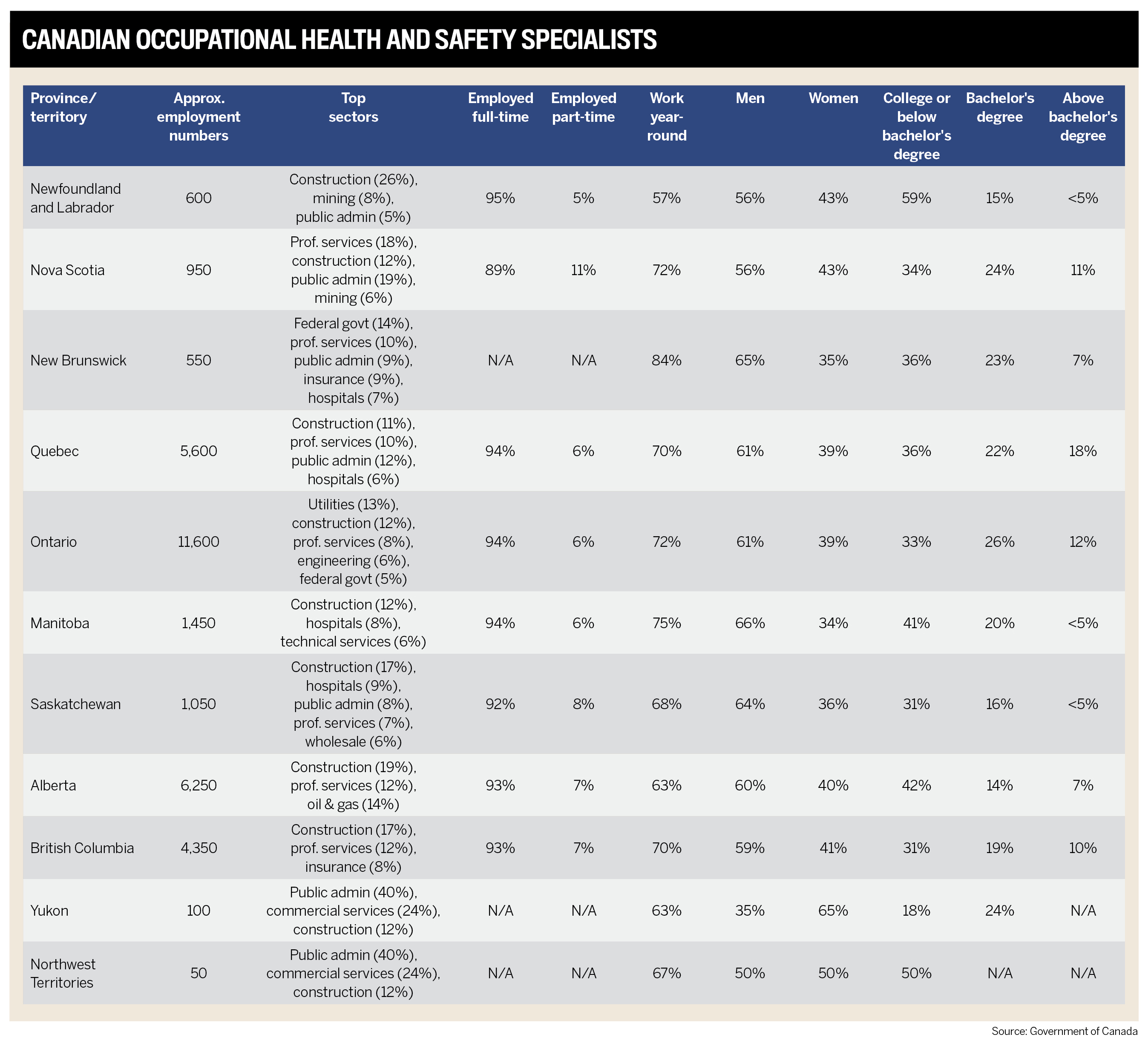
While the group works across different sectors and types of organizations, several common attributes have emerged that have been key in enabling them to stand out and make their mark.
One of the most common trends is their proactive stance on safety leadership. Rather than simply enforcing compliance, they focus on building comprehensive safety management systems (SMSs) that are forward-thinking and responsive. This includes tasks such as designing safety protocols for specific hazards (e.g., confined spaces and working at heights), implementing enterprise-wide training programs, and continuously revising procedures to align with evolving regulations.
For example, these young leaders are not just enforcing existing rules – they are engineering new metrics and system frameworks (e.g., customer occurrence severity rate and ship-to-shore SMS) to better understand and manage risk. This systems-oriented thinking is complemented by strong data analysis and continuous improvement practices.
Many of 2025’s Young Achievers hold dual responsibilities across safety and HR. This reflects an emerging industry norm: the integration of employee wellness, compliance, and engagement under one umbrella. For example, one winner exemplifies this with a dual role managing both health and safety programs and HR-related concerns across multiple sites.
The ability to straddle roles suggests that young safety professionals are increasingly expected to be multidimensional leaders, bridging compliance with workplace culture. These individuals drive change by simultaneously enforcing standards and fostering inclusive, supportive environments, thus enhancing both morale and productivity.
Another striking trend is hands-on engagement with frontline staff. Rather than operating from a distant corporate office, many young professionals dedicate significant time to site visits, direct coaching, and listening tours. For instance, several of 2025’s Young Achievers collaborate daily with operations teams and technical staff, leveraging their feedback to enhance programs.
This direct engagement enables real-time risk identification, reinforces safety culture, and ensures that protocols are practical and user-friendly. Such relational leadership fosters trust and empowers workers to be proactive contributors to safety goals.
Training is not viewed merely as a compliance requirement but as a cultural cornerstone. The best young safety leaders are developing tailored training programs, leading refresher courses, conducting safety huddles, and ensuring all certifications remain current.
These professionals are also championing knowledge transfer across all organizational levels. They lead Joint Health and Safety Committees, mentor new staff, and even take on speaking engagements at industry conferences, such as the Canadian Dam Association and the Canadian Association of Road Safety Professionals (CARSP). Their commitment to training reflects their belief in empowering others as a path to sustainable safety excellence.
Several top professionals also act as lead investigators for incidents, bringing a forensic level of detail to root cause analysis. One of 2025’s winners not only identifies technical causes but also situates incidents within broader systemic contexts, emphasizing lessons learned and organizational accountability.
This analytical ability is paired with strong communication skills. The Young Achievers often brief senior leadership, develop detailed reports, and lead discussions on corrective actions, demonstrating their role as strategic advisors rather than reactive enforcers.
A broader vision of health and safety is also taking root. Professionals now routinely incorporate mental health, accessibility, diversity, and psychological safety into their programs. Examples include implementing anti-harassment policies, developing ergonomic assessments, and promoting wellness initiatives.
This holistic view recognizes that physical safety cannot be divorced from emotional and cognitive well-being, a view especially relevant in complex, high-pressure workplaces.
A pair of industry experts shared their insight with COS on what, in their view, is required to be a Young Achiever in 2025.
Sarah Wilson, president of Canadian Safety Group
Tanya Steele, OH&S committee trainer and Safety Debris podcast host
Both experts agree: foundational education in OHS is essential. Whether it’s a general diploma or field-specific training like the National Construction Safety Officer (NCSO) designation, formal learning builds credibility and opens doors. But education is just the entry point. Top performers dig deeper, aligning their development with industry verticals that inspire them, whether it’s industrial operations, logistics, or environmental safety.
Tanya Steele says, “We’re starting to see young people come straight from school saying, ’I want to be in safety,’ which wasn’t the case in the past. The word is out that safety is a solid, meaningful career and one that pays well.”
Mentorship is also critical. Sarah Wilson emphasizes the value of having multiple mentors who not only share technical knowledge but also help young professionals navigate workplace dynamics, understand risk in context, and grow into confident decision-makers.
Technology is transforming safety roles. From drones and wearables to AI-based hazard prediction and virtual safety training, modern tools are reshaping protocols and improving responsiveness. For younger professionals, who are digital natives, this is a huge advantage as they bring a data-driven mindset and creative use of tools like ChatGPT, Gemini, Sonar, and HeyGen to enhance communication and documentation.
“Younger generations, who grew up with phones in their hands, are naturally equipped to use this tech,” explains Steele. “Their creativity and comfort with it are leading the industry forward. It might increase costs in some areas, but it’ll lower them in others. They’re pushing us into a more innovative future.”
Yet tech alone doesn’t guarantee impact. Soft skills, such as influence, leadership through service, and empathy, remain essential. Safety is, at its core, about people. As such, the ability to build trust, explain protocols clearly, and resolve generational tensions can be just as important.
Today’s leading young safety professionals face far more complexity than their predecessors. Wilson notes the expanded scope of responsibilities. “I do think it’s tougher than it was five or 10 years ago. We used to operate within clear, defined boundaries. Most of the time, we were looking at physical hazards, but now the conversation includes so much more, like psychological safety, mental health, and DE&I. None of that was really on the radar back then.”
The field is no longer siloed; it’s integrative and strategic. Safety professionals are now expected to deliver visible ROI fast, adapt to shifting regulations (e.g., Ontario’s Working for Workers Act), and maintain a resilient workforce amid global uncertainty.
Moreover, younger professionals must manage these responsibilities while often facing skepticism and pushback. The demand for immediate credibility and impact, combined with reduced tolerance for error, creates high-stress conditions that, if left unchecked, lead to burnout.
To succeed, today’s young safety professionals must be agile learners, digitally fluent, and emotionally resilient. They need support systems – mentors, continued training, inclusive leadership – and they must champion not only physical but also psychological safety at every level of the organization.
The most effective among them are not just enforcers of rules – they are changemakers, system builders, and culture shapers.
“There’s also an intense pressure on them to prove their expertise – a pressure that has always existed to some degree but now feels amplified. They have to fight to be taken seriously while also navigating environments that are resisting change,” says Wilson.
Known for her dynamism, Santanna Coleman brings a refreshing blend of empathy, expertise, and lived experience to a field that can struggle to reach frontline workers in meaningful ways.
From a young age, Coleman, 31, recognized that although people bring different perspectives to their work, safety must be the universal common ground. The occupational health and safety advisor’s approach is that safety is not about control or authority but about collaboration, trust, and shared accountability.
Whether she’s teaching a room full of seasoned tradesmen or auditing a new company, Coleman’s authenticity and humility break down barriers. She doesn’t posture as the all-knowing expert; instead, she listens, learns, and then leads, creating space for dialogue and connection.
“When I teach people, I know how to ask questions and get more of their input, because they’re the ones who are actually the boots on the ground,” explains Coleman.
One of her standout qualities is her ability to connect across generations and cultures in the workplace. Usually, she stands out as a young woman in a room full of men who often have decades of experience in the construction industry. To break down these barriers, Coleman enjoys building a rapport with workers so they can get a feel for who she is as a person, rather than simply from a professional standpoint.

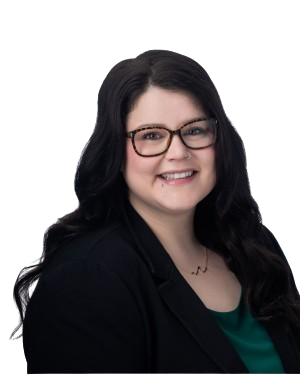
Energy and honesty are something she brings to every safety training. “I try to hit home and get them to realize that they’re not just working for themselves. They have loved ones who care about them. I want them to realize that the goal is not just to get the job done. It’s to go home at the end of the day.”
That perspective, paired with her firm grasp of occupational legislation and adult learning principles, allows her to reach even the most skeptical participants.
Her classroom style is participative rather than prescriptive. She fosters an environment where people feel heard, often using worker input to guide discussions. In doing so, she earns their respect and engagement. Her strength lies in turning mandatory training sessions into thought-provoking conversations that inspire lasting behaviour change.
Outside the classroom, Coleman thrives in audits and site visits. She sees policies not as checkboxes but as living programs – only successful if understood and adopted on the ground. When she observes noncompliance, her approach isn’t punitive; it’s educational. This subtle, respectful engagement drives awareness without shame.
Coleman’s passion extends to mental health, a topic she champions courageously. She openly addresses stigma in male-dominated sectors, introducing CSA mental health standards with compassion and real-world data. Her advocacy is informed by personal experience, making her message both credible and relatable.
In every aspect of her work, Coleman exemplifies what makes a great safety professional: emotional intelligence, technical skill, and a deep-seated commitment to getting people home safe, not just physically but mentally and emotionally, too. She’s not just teaching safety – she’s transforming its culture.
Coleman adds, “We can’t do it by ourselves. Everyone has to have buy-in, but that’s why management is the key. If they are supportive, then employees are going to follow.”
Representing the next generation of safety leadership in Canada’s construction and utilities sectors, with nearly a decade of field experience under his belt – including pipeline welding, commercial electrical, and underground utilities – Adam Calderhead now applies that hands-on insight as safety coordinator with a clarity of purpose: people first, always.
He says, “I want to include everybody the way that I felt included when I was in the field. Those people are the ones who are doing the jobs every day, so for me to sit here and tell people how to do their stuff doesn’t make sense.”
Calderhead’s strength lies in his balanced approach, grounded in operational experience but refined by strategic, empathetic leadership. He is not a desk-bound policy writer. Instead, he thrives on building safety programs collaboratively from the ground up. His process is thorough and inclusive: observe frontline work, capture input directly from workers, draft realistic procedures, test them with administrators and workers alike, and revise until the system works for everyone. This loop ensures ownership and buy-in.
What sets him apart is his commitment to engaging with people as individuals. His leadership style reflects a deep respect for the knowledge and experience of field teams. He explains, “I watch them through whatever process it is and make as many notes as I can and pick their brain on the thought process they’re going through. At that point, I’ll come back to the office, type up a draft, and go back to them.”
Calderhead, 33, is also helping lead the integration of technology into safety operations, often a sensitive subject for field workers. His approach is to understand any resistance first.
He says, “Having an understanding of why they don’t like it allows me to approach it from a different angle and maybe provide some different insights that they may not have thought of coming from that boots-on-the-ground perspective.”


When VETS introduced dash cameras in fleet vehicles, Calderhead led with empathy – listening to concerns, working with leadership to reframe the policy, and communicating the initiative as a tool for protection, not surveillance. As he says, “We’re never looking to single anybody out. Most incidents are the result of the system, not the individuals.” It’s this thoughtful, communicative approach that helps bridge the gap between innovation and worker comfort.
Beyond physical safety, Calderhead is a strong advocate for psychological health. Having personally navigated anxiety and depression during his years in the field, he brings authenticity and compassion to his role as a certified Mental Health First Aider. He’s not satisfied with surface-level initiatives – he champions meaningful change through consistent check-ins, peer support, and multiple communication channels that make it easier for workers to speak up.
He says, “I see it as an opportunity to think outside the box and get creative when we’re trying to come up with new initiatives and ensuring that our team feels psychologically safe.”
Calderhead’s ultimate goal is to ensure every worker feels seen, supported, and safe – physically and mentally – which is one reason why VETS has over two million hours lost-time injury free.
Dividing her time between the office and the field, Noureena Baccus prefers to communicate in person, as she can connect with workers more effectively without technological barriers.
“Sometimes people are not really comfortable with talking about things online,” she says. “When they see you in person with a friendly and open attitude, it just naturally strikes up a comfortable conversation between both of us. Then they’re able to open up, and I can provide better support and guidance.”
Body language is also key for Baccus, 25, as she has found that workers need to recognize that their concerns are being heard. “It’s really important, and employees love to see that, because the one thing about them is that they want to know that you’re listening to them and that you’re able to support them in any capacity.”
Baccus has grappled with imposter syndrome since she began her career, an issue that many young professionals face when they enter the workforce. By bringing innovative ideas into the workplace, Baccus says, she has been able to stand out not only as someone who works hard, but also as someone with the talent and desire to grow to be a changemaker in the industry.

“When you come in as a young woman in health and safety, it is really difficult at first, because people don’t take you seriously. It’s really important to allow yourself to learn from others, learn from the experience, and adopt that throughout the years,” adds Baccus.
She notes her health and safety management system initiative, which brought a more proactive approach to teaching health and safety rules:
creating a centralized health and safety management system
conducting digital and in-person awareness presentations
implementing a stronger internal responsibility system
Mental health has become an increasingly important conversation in the occupational health and safety industry. For Baccus, ensuring employees feel heard is crucial to maintaining strong mental well-being in the workplace, as they are then able to trust managers with personal issues they may be struggling with.
“I feel like the biggest thing right now for us is encouragement and allowing employees to feel like they have a sense of belonging in the workplace,” she says. “We really want to foster a positive relationship with managers and their teams as well, so that they have that connection, and employees feel like they can go to their managers with any concerns.”
Bringing a rare blend of technical expertise, international experience, and people-first leadership, originally from Colombia and trained as an electrical engineer, Andrea Cardona Palacio, 31, began her safety journey by installing protective devices in factory machinery – an experience that first sparked her passion for workplace safety.
Today, the health, safety, and environment manager is making an impact with her adaptability, cultural intelligence, and commitment to continuous growth.
Palacio’s strength lies in her dual background: she has formal safety education from both Colombia and Canada and hands-on exposure to vastly different regulatory environments. Her experience spans factory floors, construction sites, and industrial shops, giving her a wide lens on hazard identification, risk control, and team dynamics. Whether overseeing demolition projects or industrial installations, Palacio understands that no two sites, or supervisors, are the same.
She explains, “The common thing is identifying the hazards, how you see them, and applying the controls; that doesn’t change.”
One of Palacio’s defining qualities is her ability to build relationships and be a master at adapting quickly, building trust, and finding common ground. She acknowledges the challenges of public speaking in a second language, but instead of retreating, she embraces it to fuel her growth.


In her current role, Palacio oversees both construction and industrial projects, skilfully navigating the nuances of each. She’s known for her hands-on inspection style – walking sites, asking questions, and engaging supervisors directly rather than relying solely on digital inspection tools.
Green Infrastructure Partners uses the app Flex for safety inspections and training. Palacio doesn’t just enforce adoption – she patiently supports teams who may be less tech-savvy, offering step-by-step guidance and leveraging peer support to build digital confidence on the ground.
She says, “Some always try to keep using the hard copy and do the inspection on paper. That is a real challenge for all the safety people, but the only way is to take it easy and explain it 100 times if necessary. I also try to bring in co-workers to help.”
Palacio’s long-term vision is clear. Currently working toward her NCSO certification with strong support from leadership, she aims to become a senior safety advisor and eventually a manager. Feedback fuels her – she seeks it regularly and turns it into action. In a high-pressure, constantly evolving industry, Palacio’s resilience, cultural fluency, and learner’s mindset mark her out.
Samantha Twynam is a strong advocate of collaboration. She believes that when Health and Safety is perceived as the “health and safety police” that it is a detriment to their role and that Health and safety should strive to be a true partner within the organisation.
“We don’t have a one-size-fits-all approach. I think that’s where people usually get pigeonholed when we say, ‘We have this technology, and you have to use the technology,’” she explains. “But what we’ve seen is some people are keen to do that, and some people aren’t.”
Mentorship was essential to her own personal development and equipped her with the confidence to approach difficult situations with assurance. “I had a mentor once say to me that you really need to get comfortable with being uncomfortable. That helped me to reframe my mind when I went into specific rooms, to say that I belong here, and even though I’m uncomfortable with it, I’m going to move forward with confidence, and then I’m going to see where that goes,” explains Twynam.

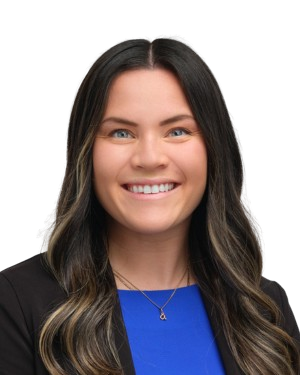
She also highlights Dexterra Group’s Don’t Walk By approach as fundamental to how the health and safety teams operate. It encourages workers to report potential hazards rather than ignoring them. Proving its effectiveness, there was a 58 percent rise in entries between 2023 and 2025.
Twynam, 35, adds, “We’ve noticed that our employees are more engaged. They really understand what our health and safety culture is about.”
Employee health is a priority for her, as she has led a partnership with the Centre of Research Expertise for the Prevention of Musculoskeletal Disorders (CRE-MSD), which involved a research project to reduce MSD risks for custodial workers and bring those evidence-based solutions into the field.
“It’s important to collaborate and have partnerships with external parties and not always be living in your own bubble within your organization,” says Twynam.
In March, Canadian Occupational Safety accepted nominations for the third annual Young Achievers list. The standout young stars from the Canadian safety industry were invited to put their names forward; those who knew of and wished to highlight such talent were also asked to submit nominations.
Nominees needed to be 35 or under as of July 31, 2025. They had to have committed to a career in the safety profession and shown a passion for the industry. The COS team also required nominees to cite their current position, responsibilities, and key achievements over the past 12 months.
The team considered recommendations from managers and senior industry professionals in the review process conducted after the nomination period. After considering all aspects of the many submissions received, 46 emerged as the brightest Young Achievers of the batch.